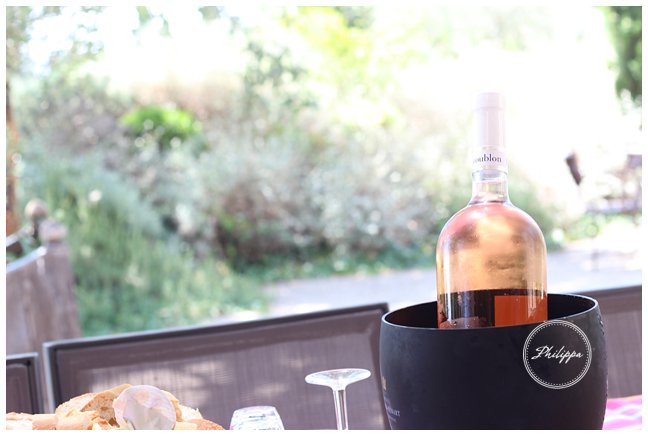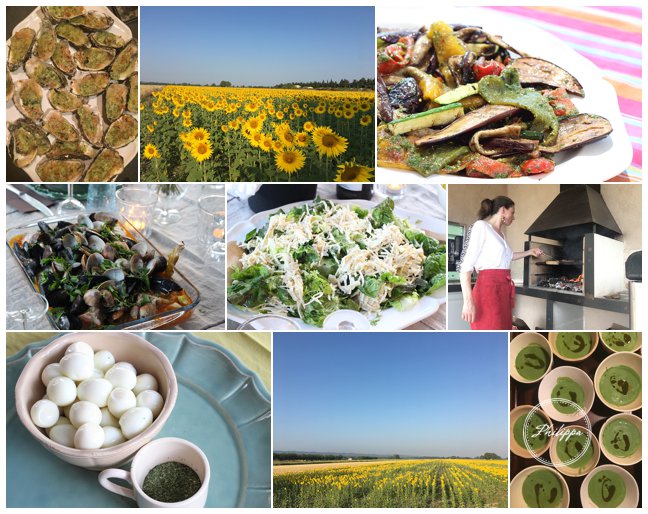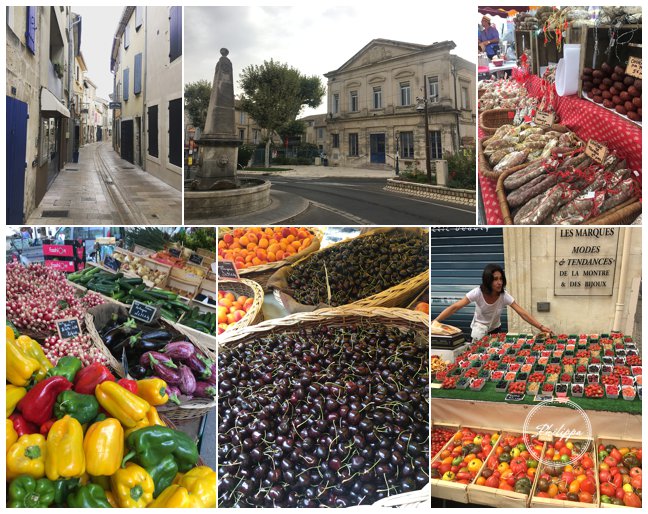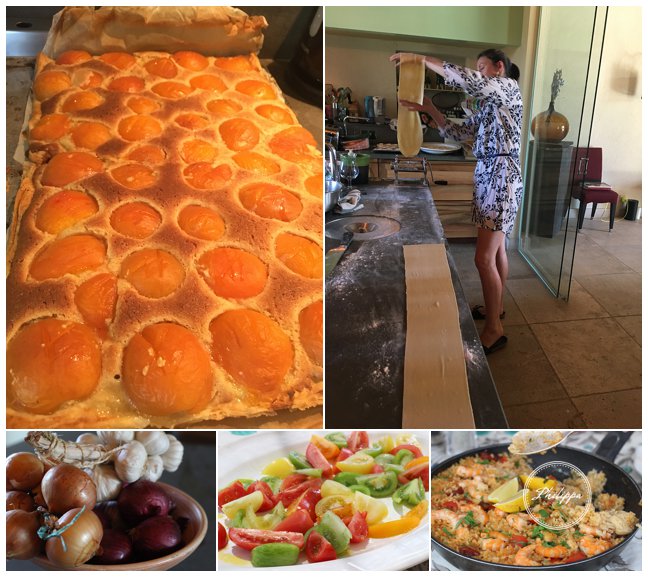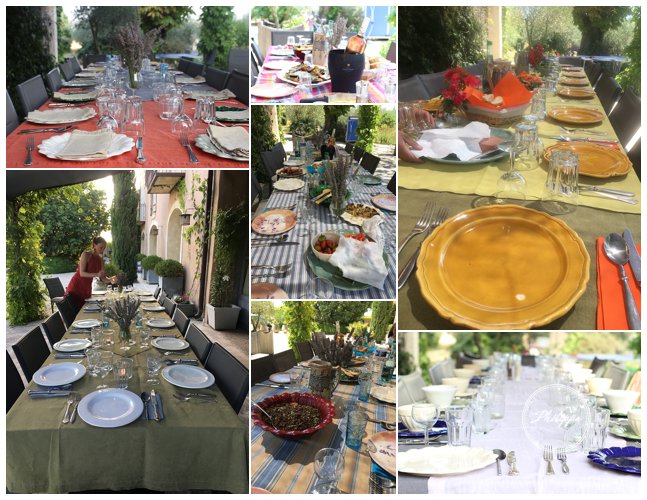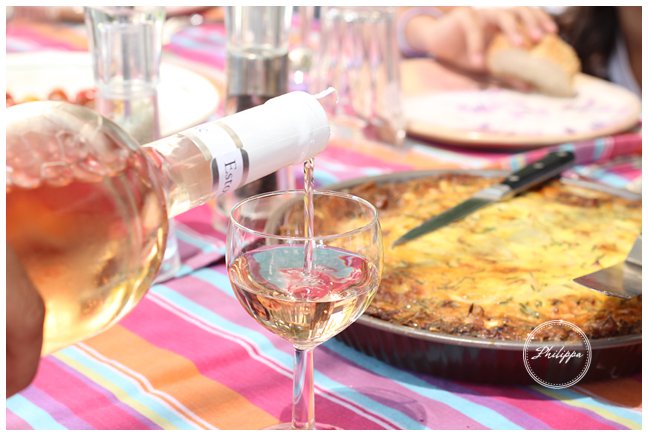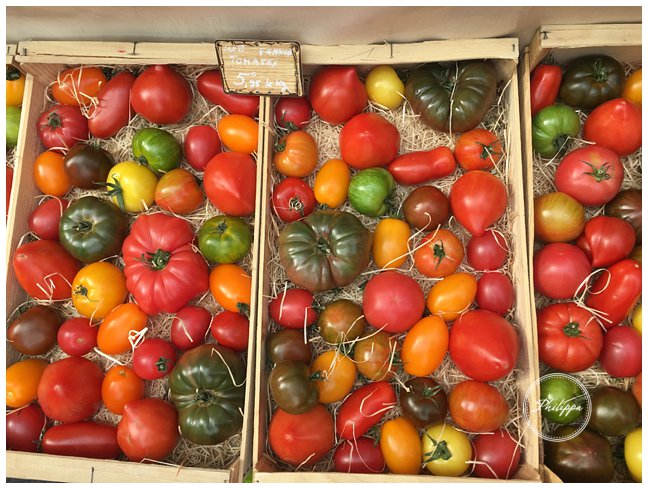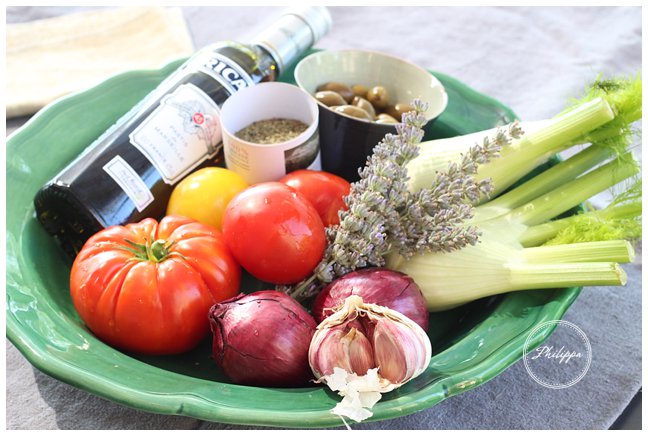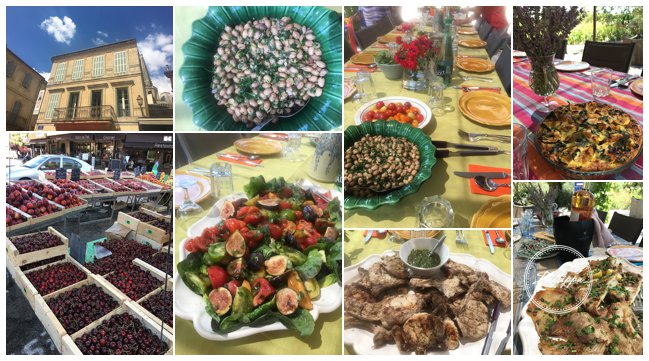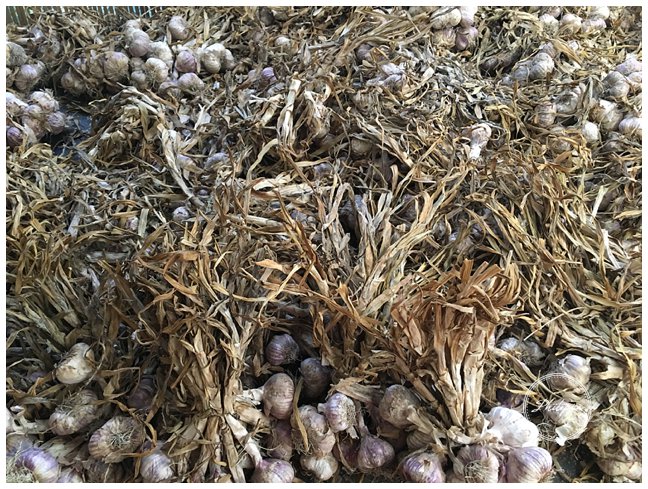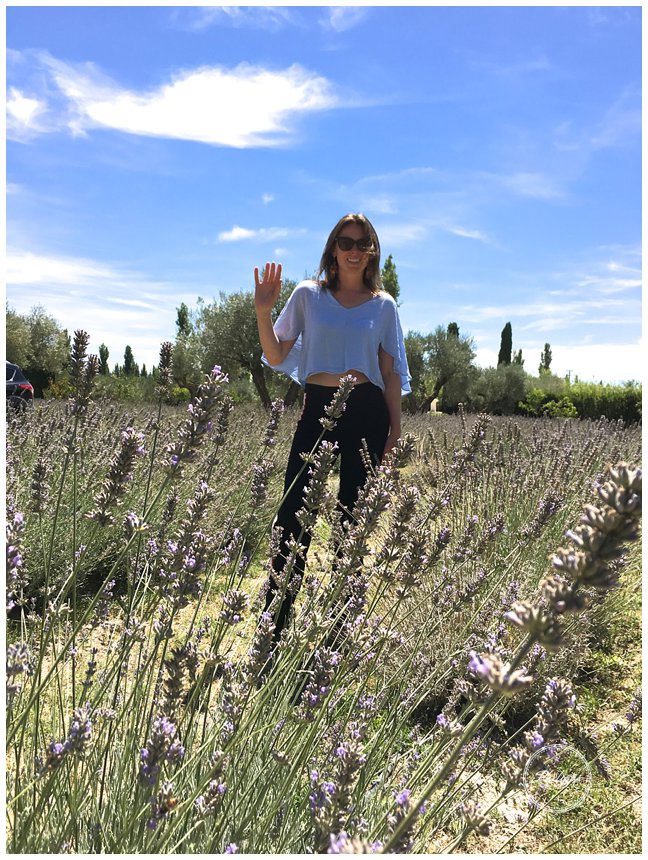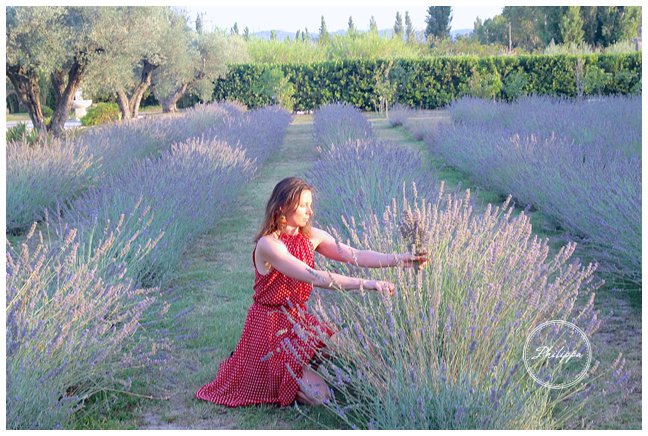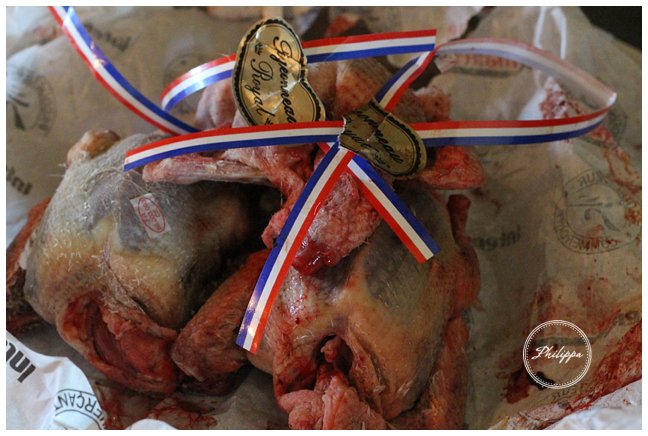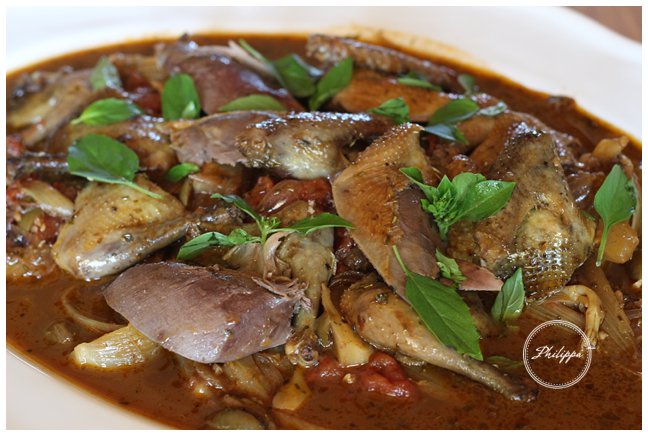La Vie en Rosé
No my friends, the title is not yet another typo, I did mean to put an accent on the ‘e’ cleverly* transforming the famous French song into a play on that marvellous pinkish coloured wine that is an essential part of any trip to Provence where I have just had my latest culinary adventure.
*in the loosest sense of the word
I always love Provence as there is just so much going for it. No matter what time of year there is fantastic light, Van Gough spent a lot of time painting there, the villages are charming, the scenery spectacular, the food markets are some of the best in the world (trust me I know) and providing you are brave enough to get over the initial briskness of some of the locals, the people are generally charming.
I find the markets extra special around here as they are always heaving with local produce. I know this is true of many other areas too but because of Provence’s climate and terroirs it supports a wider range of produce and due to its popularity with regulars and tourists the markets are well attended and the turn over fast.
With a house full of family and guests the weeks were spent doing mammoth shops (I think the local intermarche and veg shop thought I had opened a restaurant with the number and size of my trolleys), helping lay long tables decorated with lavender and adorned with beautiful French linen and preparing large platters of food to feed the crowds.
There really is something that is just so chic about French style tables, the classy greys, with the occasional alarming splash of colour coupled with earth hand painted coloured crockery and wine goblet glasses.
Its very easy to come up with ideas to cook here as every crate, table and basket at the market gives you an idea of what you would to cook. Around July the peaches are extraordinary ( you can smell them before you see them) cavaillon melons are stacked like canon balls on every corner, the tomatoes are so sun kissed their sweetness and depth of flavour put every other one to shame and the apricots all taste of actual apricots ( sadly a novelty for most of us in the UK). At other times of the year there are perfect cabbages, pumpkins, cardoons and cherries.
The area produces about 80 % of Frances black truffles and is home to the amazing truffe du Perigord. The season lasts from November to March and I will clear my diary to get a job in the area around that time just so I can go and play with and eat them in abundance! The area also produces superb olives and olive oil, nougat, almond lozenge sweets called calissons , perfectly dry rosé and Pastis an aniseed flavoured drink flavoured with local herbs that is rather refreshing drunk as an aperitif on ice or with a splash of water.
This postcard recipe is inspired by the bold flavours of Provence and also a variation of what I cooked at the Game Fair. I must say a huge thank you to all those who came to support and watch my cookery demo with Tim Maddams at Hatfield House it was great to have such a fun crowd and to put faces to names!
The dish is a pot roast pigeon ( or partridge when in season) with pastis, rosé, olives , tomatoes and herbes de Provence.
Now… many people are quite snobby about dried herbs and it is true that fresh generally is best but Herbes de Provence should definitely have a space in your cupboard. It can include rosemary, fennel seeds, thyme, basil, marjoram, parsley, oregano, tarragon and bay leaves. Occasionally it has or you can add some chopped culinary lavender and as the ingredients grow well in the hot climate they have flavour compounds that survive being dried out then release well when cooked. HOWEVER vintage dried herbs of any sort will never be a great addition to your food and as much as I hate waste are not worth cooking with so chuck them out. Admittedly I am also talking to myself here as there may be one or two jars in my cupboard that qualify to be on the antiques road show.
In amongst the shopping, cooking and doing a spot of baking with the kids ( I wont share with you what the 4 year old told me the secret ingredient was that they put in the cookies to make them taste so good) there was an incredible trip to Chateau la Coste , a vineyard coupled with fantastic outdoor art and one of the best restaurants ‘Loussin’ I have eaten at this year ( and I’ve eaten at quite a few!) which is well worth a visit when in the area.
Once my bags were packed, good byes said and they could prise me out of the lavender field it was back to Marseilles and the start of the next adventure…
This Week
Table places laid :331
Dishwasher cycles : 48
Doughnut peaches eaten: 136
Olive Oil used x 8.2 litres
Rosé drunk : a lot
Every home should have : Kapla ( its engrossing )
Provençal Pigeon with Pastis, olives, tomato and herbes de Provence .
serves 2 as a main
2 x pigeon or partridge
2 tbs olive oil
1 red onion peeled and finely sliced
4 cloves of garlic peeled and sliced
1 dsp herbes de Provence
1 fennel, finely sliced
4 medium ripe tomatoes
2 tbs olives , de stoned
splash pastis
1 x bottle of chilled rosé ( a glass for the pigeon and the rest for you)
Pistou
2 cloves garlic
1 big handful basil leaves
2 tbs olive oil
½ lemon , juice only
Method
Pistou
Smash the garlic in a pestle and mortar with a pinch of salt.
Smash in the basil till well pounded then add the olive oil and a squeeze of lemon
Season with pepper and leave at room temperature.
Pigeon
Bring a pot of water to the boil and poach the fennel for a couple of minutes so just soft, scoop out then blanch the tomatoes for about 30 seconds – you just want to split the skin, then peel it off and roughly chop, keeping all the flesh, seeds and juice.
Wipe the pigeons inside (remove the head and feet if still attached as so often the case in France… I like to tell the butcher to leave them on so I can see the surprise on his face and earn some kudos points).
In a heavy based pot with a lid ( le cresuet are perfect for this ) fry the onions in the olive oil along with the pigeon and season. Sear the birds on all sides to add a sweetness and depth of flavour.
Then add the garlic and herbes de Provence and fry for a couple of minutes more before adding the chopped tomatoes with all their seeds and juice and the poached fennel.
Throw in the olives, a splash of pastis and a healthy splash of Rosé.
Pop the lid on and simmer for about 15 – 20 mins. Turn off the heat and let it rest for five minutes. Check the seasoning
You can serve it whole or I like to take the breast and legs off and serve it on a platter along with the veg and sauce. Serve the pistou on the side or dollop a little on top and serve with crusty bread and of course a glass or two of chilled rosé
Next Stop … les Gers.

